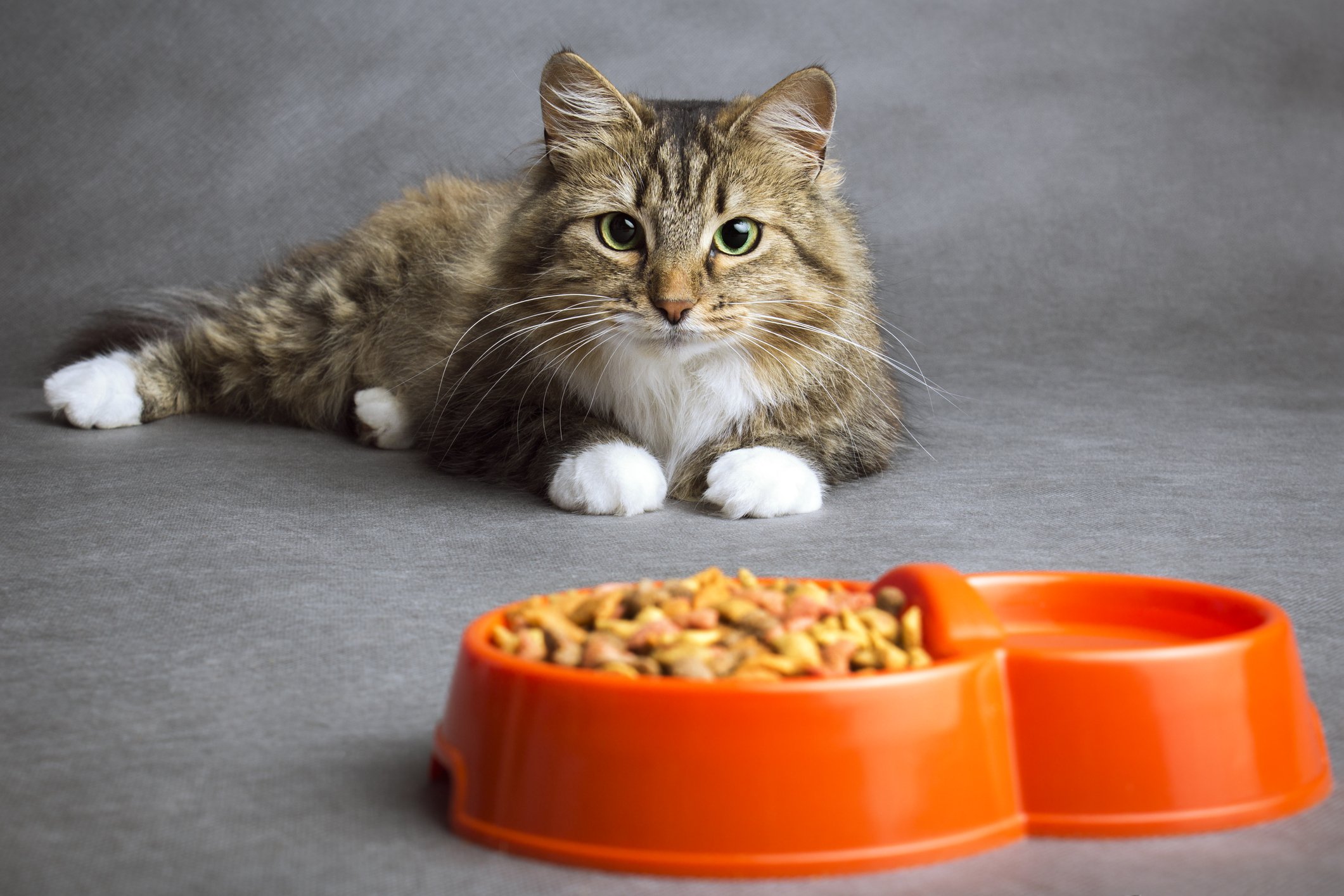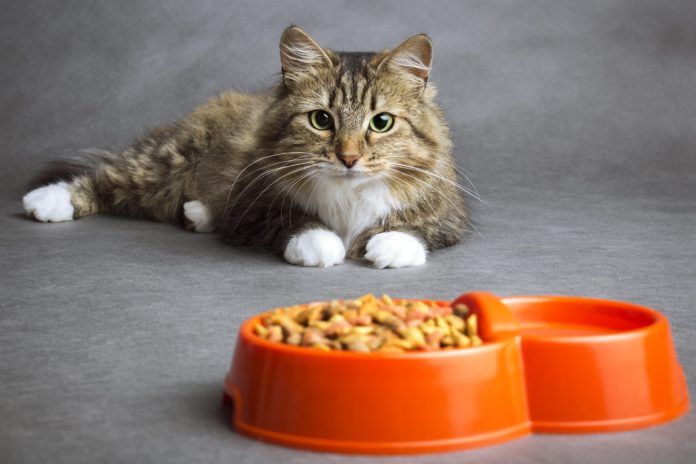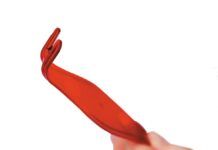

Q.I am hoping you can settle an ongoing difference of opinion between me and one of my friends. We are both long-time cat owners, and consider ourselves to be very good caretakers with healthy, happy cats over the past twenty or more years.
However, I believe in changing my cat’s food frequently — changing flavors and even brands — and I supply both wet and dry food for her on a daily basis, too. I know that I like a lot of variety in my diet, so I assume she would prefer that, too.
My friend, on the other hand, feeds her two cats the same food every day for years at a time (usually, a well-known brand of dry food). On special occasions, she will give them a can of wet food — but also from the same brand.
Does it make a difference in the health and longevity of our cats? Thanks for your advice.
Ellen Kanifsky
A. Hi Ellen: Actually, there is no evidence to suggest that either feeding method is healthier for cats. However, both methods have pros and cons.
The problem with providing a large variety is that you can inadvertently train your cat to be “picky” — which can become a real issue if she develops health problems where her diet options are limited. On the plus side, offering foods of different textures can improve acceptance of new foods compared to feeding an unvarying diet for many years.
Another issue with this feeding method is that it makes it very hard to quantify her nutrient and calorie intake, which could be important if she gets sick.
The advantage of feeding a very consistent diet is that it is much easier to quantify nutrient and calorie intake, and then relate those factors to the state of your cat’s health. The downside of this approach is that if a diet change is needed at some point, the cat may be reluctant to change, particularly if they have to change texture, ie. from mostly dry to all canned.
Another potential disadvantage is that if the food selected is not ideal — perhaps because you misread a label and are feeding a product meant to be a “treat” or “appetizer” and not a daily diet, or pick a product that is too high or low in calories for your cat — you are more likely to see nutritional issues if that diet is the main source of calories. Feeding some ingredients daily could also be of potential concern. For example, feeding tuna-based canned food every day could potentially be a concern because of mercury content (note: there is not much information on mercury in tuna fed to cats!).
My advice is to go somewhere in the middle. I think it’s good to feed cats both dry and canned, but I would be reasonably consistent in the products fed, at least on a day-to-day basis. Switching brands or flavors occasionally is certainly reasonable, but there’s no need to switch if your cat is a healthy weight and doing well.
If and when you do switch diets, make sure you are adjusting your feeding amounts to keep calories similar because foods can vary dramatically in calories from flavor to flavor and brand to brand.
Cailin Heinze, MS, VMD, DACVN
Veterinary Clinical Nutritionist Cummings School of Veterinary Medicine at Tufts University



